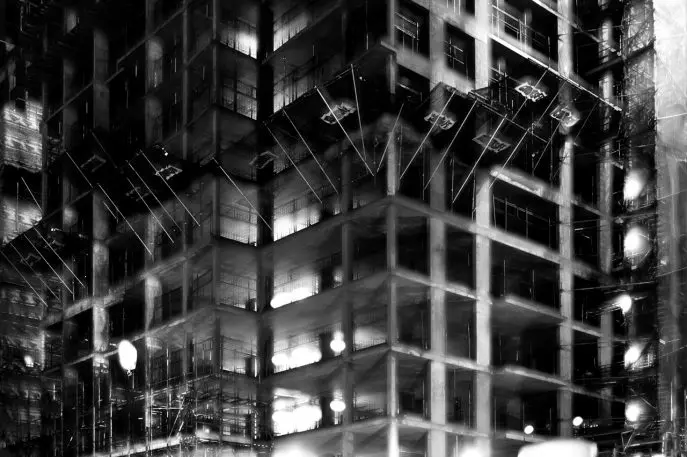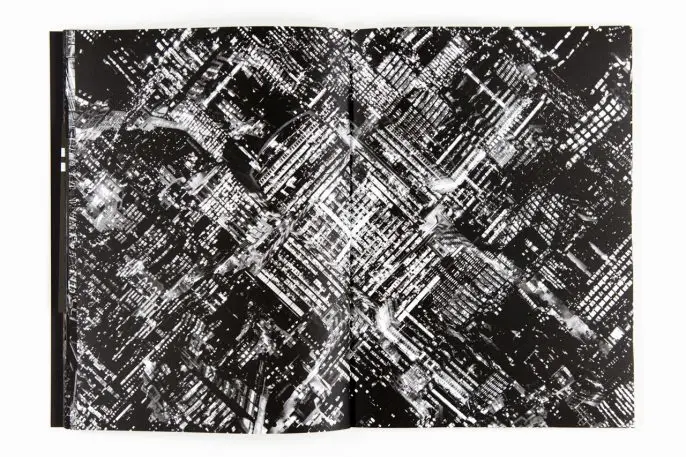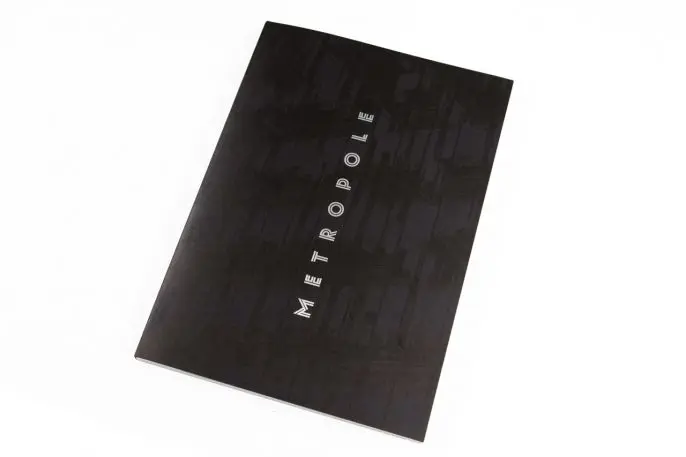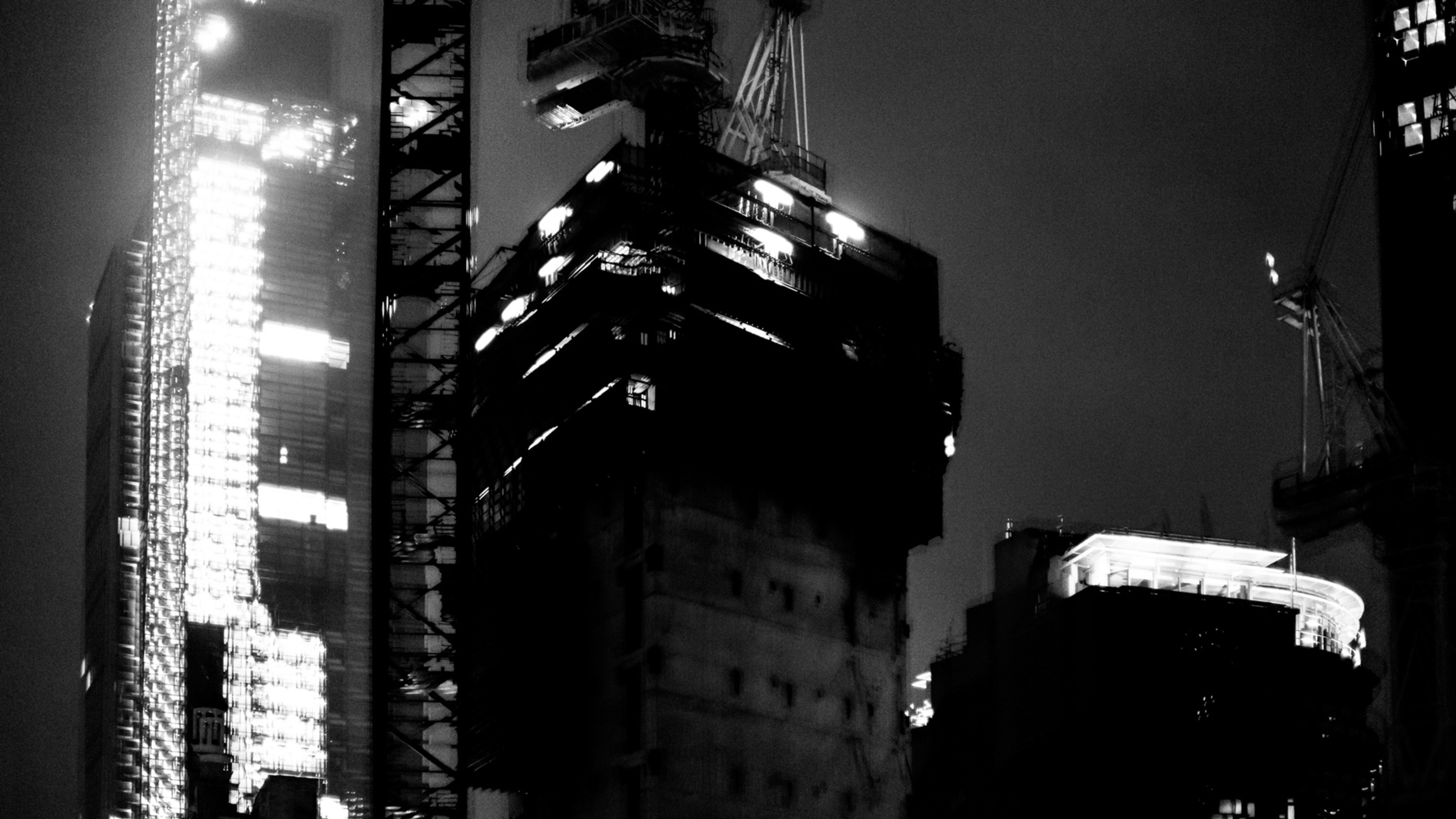Luxury high rises are monuments to the rich–and they’re everywhere in today’s cities. A photo series by the London-based photographer Lewis Bush takes these luxe developments as his subject, using double exposures to transform the buildings into cookie-cutter constructions that look both menacing and unfamiliar.
As urban areas flourish and real estate prices rise, developers have often defaulted to a single type of building: the luxury high rise. According to the real estate research firm CoStar Group, 82% of the 370,000 multifamily rental units built in 54 major U.S. metro areas are categorized as luxury developments. In cities like New York, many of these sit empty, acting like places to park cash for overseas investors. Some cities are trying to fight back by requiring developers to build a certain amount of affordable housing in their compounds, while others stick with tax incentives for developers who build less expensive housing. Coupled with a crisis in affordable housing, the boom in luxury construction is a visual reminder of increasing inequality–according to Bloomberg, the earnings gap between the top 5% of earners and the middle 20% of earners has grown in 96 out of America’s 100 largest cities between 2010 and 2015.

Many of Bush’s black-and-white photographs show buildings in progress, with cranes looming beside. Others look at a building’s industrial guts, necessary to keep such large constructions operational, but a far cry from the single-family homes and lower-rise apartment buildings that historically have made up London’s landscape. There are few if any people. Bush expertly uses the double exposure so that you can still see what you’re looking at–but it looks off, like a futuristic dystopian city that could be anywhere in the world. “You look a lot at these buildings and it’s hard to imagine in 50 years time they’ll be considered worth preserving,” Bush says.

Even the stories behind the buildings feel tragically similar. Bush took one bleary image of an in-progress development in the London neighborhood Elephant and Castle, which was historically working class area. Now it’s peppered with high rises–and in at least one development, every apartment is owned by overseas investors.

The photos are on display at the Museum of London and are also published in a book called Metropole by Overlapse Books. Among the moody black and whites are small, postcard-size color insets that provide a welcome contrast: They depict the developers’ vision for each building. “In the same way my images are very subjective and fantastical, these CGI images are a fantasy,” Bush says. “It’s the opposite perspective on these buildings: what the developers think these buildings are going to be like.”
For Bush, the series is part of a larger interrogation into systems of power. He has also documented espionage technology and is working on a series about the financial services industry. The photographs additionally have a personal connection: “I feel alienated and lost in my own city,” he says. It’s something anyone who has moved away from a major city, then visited again, might feel staring up at an increasingly crowded sky these days.
Recognize your brand’s excellence by applying to this year’s Brands That Matter Awards before the early-rate deadline, May 3.






